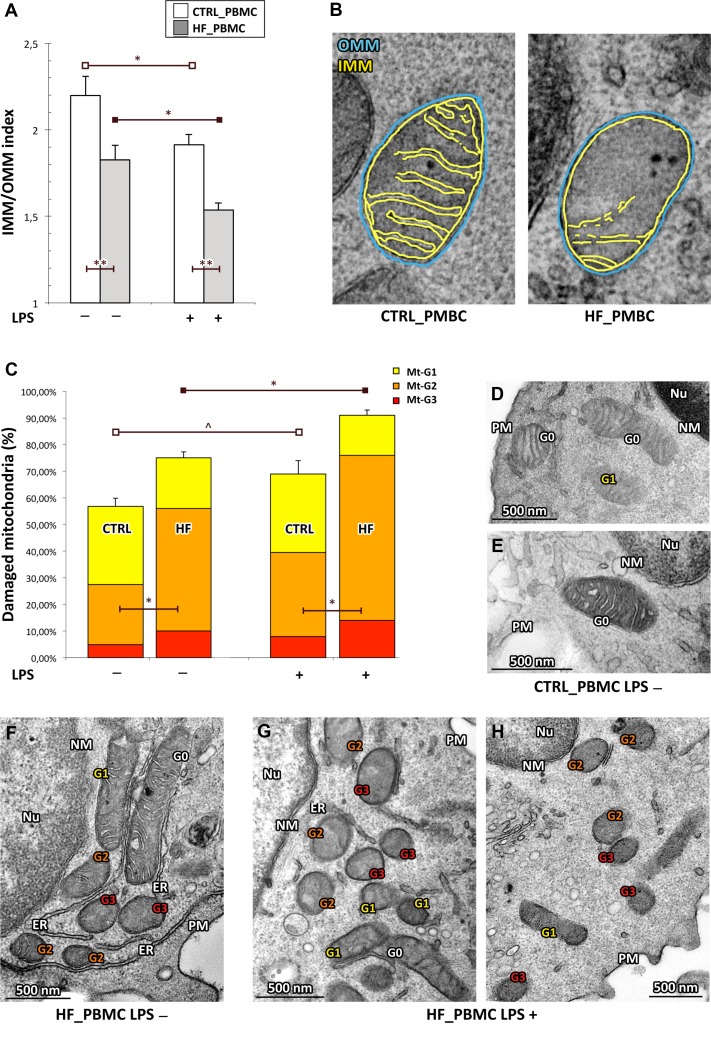Figure 2. Quantitative analysis of ultrastructural damage in mitochondria from HF_ and CTRL_PBMCs.
(A, B) Graphical representation of the IMM/OMM values. By applying the IMM/OMM index associated with convolution loss of inner mitochondrial membrane, we observed a significantly lower index values in the HF_ compared to CTRL_PBMCs at baseline condition with a further worsening after LPS-stimulation (Student T test: *p < 0.05 and **p < 0.01). Representative micrographs are displayed in B. (C) Graphical representation of the ultrastructural Mt-grading of damage. At baseline, the burden of overall damage was higher in HF_ with respect to CTRL_PBMCs; the standardized pro-inflammatory stimulus produced a strong increase of the mitochondrial overall damage both in the HF_ and CTRL_PBMCs (Student T test; *p < 0.05, **p < 0.01 and ^p = NS). (D–H) Representative micrographs of ultrastructural damage in mitochondria from human HF_ and CTRL_PBMCs. The burden of mitochondrial damage after LPS stimulation was higher particularly in HF_PBMCs (G–H); the mitochondria were characterized by degeneration of convolutions related to lack of the inner membrane and subsequently by reduction of mitochondrial area with intact cristae. The mitochondria of PBMCs obtained from healthy subjects showed mitochondria with normal morphology or only with slight damage after stimulation (D and E). The mitochondria of unstimulated HF_PBMCs displayed a pattern of intermediate damage (F). (TEM micrographs, uranyl acetate/lead citrate; Legend: NM, nuclear membrane, PM, plasma membrane; Nu, nucleus; ER, endoplasmic reticulum Gx: grade of mitochondrial damage).

